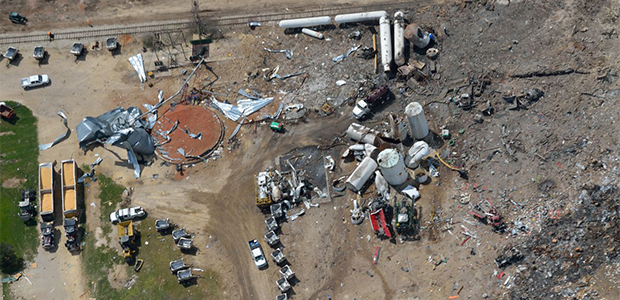
ATF Lab Determines West Fire Deliberately Set
The ATF Fire Research Laboratory has determined that the West Fertilizer fire on April 17, 2013, that caused a massive explosion of ammonium nitrate fertilizer and killed 15 people, was deliberately set. ATF personnel conducted more than 400 interviews and their investigation of the fire's origin cost more than $2 million.
Officials from the Houston Field Division of the Bureau of Alcohol, Tobacco, Firearms and Explosives and the Texas State Fire Marshal's Office announced a blockbuster finding on May 11 during a news conference: The ATF Fire Research Laboratory has determined that the West Fertilizer fire on April 17, 2013, that caused a massive explosion of ammonium nitrate fertilizer and killed 15 people, was deliberately set.
ATF quickly tweeted the news, saying its personnel conducted more than 400 interviews and their investigation of the fire's origin cost more than $2 million. Twelve of the 15 people who lost their lives were first responders.
In the aftermath of the blast, the White House directed several executive agencies to examine their process safety management and hazmat regulations in light of the event and recommend changes in those regulations to prevent another such catastrophe.
And the U.S. Chemical Safety Board issued its final report on the fire and explosion in January 2016, calling on OSHA, EPA, and other organizations, including the International Code Council, the U.S. Department of Homeland Security, and the Texas Commission on Fire Protection (which the board recommended should develop a training program specific to fertilizer grade ammonium nitrate) to strengthen their regulations, issue guidance documents, and make other changes.
The news conference took place at the KC Hall in West. For information and updates, visit https://twitter.com/atfhq or https://www.atf.gov/.